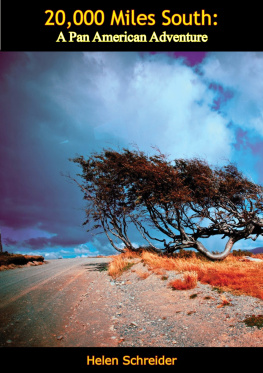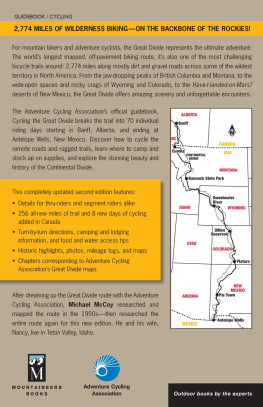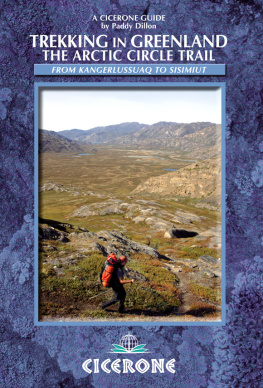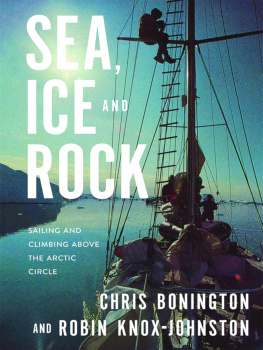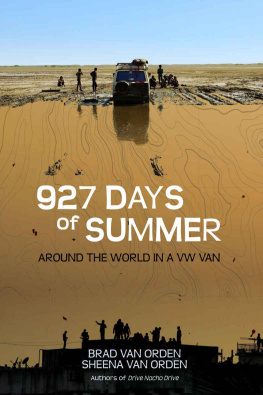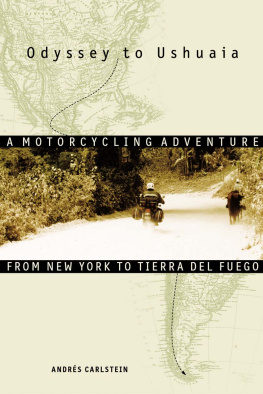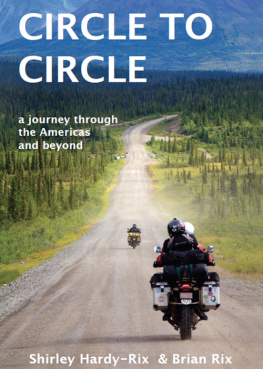

This edition is published by Muriwai Books www.pp-publishing.com
To join our mailing list for new titles or for issues with our books muriwaibooks@gmail.com
Or on Facebook
Text originally published in 1957 under the same title.
Muriwai Books 2017, all rights reserved. No part of this publication may be reproduced, stored in a retrieval system or transmitted by any means, electrical, mechanical or otherwise without the written permission of the copyright holder.
Publishers Note
Although in most cases we have retained the Authors original spelling and grammar to authentically reproduce the work of the Author and the original intent of such material, some additional notes and clarifications have been added for the modern readers benefit.
We have also made every effort to include all maps and illustrations of the original edition the limitations of formatting do not allow of including larger maps, we will upload as many of these maps as possible.
20,000 MILES SOUTH:
A Pan American Adventure
by
HELEN and FRANK SCHREIDER

Drawings by Helen Schreider
Photographs by Frank Schreider
TABLE OF CONTENTS
Contents

DEDICATION
To everyone, named and unnamed, without whose friendship and understanding this adventure might well have had a different ending.
CHAPTER ONE
IT WASNT until we met Captain Parker that we were discouraged. Others had told us it couldnt be done, but before it had been easy to rattle off glib answers to their doubting questions. To the ex-Army officer who had had an amphibious jeep sink from under him in a calm bay we had replied, But ours has a watertight cab. To the sailors in Panama who warned of the chocosanos we had answered, But we wont put to sea when its stormy. But now, after four days of waiting for the weather to clear, marooned on a tiny island in the Caribbean, with the wind bending the palms horizontal and the sea piled in high mountains and the sand glaring white as salt under a black sky, those answers didnt seem like answers at all.

When a fishing boat took shelter in our cove, we swam out to her, eager for a few cheerful words of English. But what we heard was far from cheering. As I reached for the ladder, a large man leaned over the rail, yachting cap on his head and rat-sized fox terrier perched on his shoulder. In one breath he said:
Im Captain Parker of the Sea Horse , and Ive got ten to one bet ya wont make it. If the storms dont finish ya, the reefs will.
I looked back at tiny La Tortuga parked on the sand spit. Our fifteen-foot amphibious jeep looked mighty small, and I wondered if he was right.
Later Helen and I sat under the whipping tarp by the jeep and thought about what he had said. This was not the way we had planned it. This month, May, was supposed to be the calmest time of the year in the Caribbean, just after the beginning of the rainy season and just before the chocosanos were due. The sailors had painted a vivid picture of those short but violent storms of near hurricane force that plague the coast of Panama after the middle of June. The storm around us was bad enoughwhat would the chocosanos be like?
We had allowed one month to bypass the third gap in the Pan American Highway, two hundred and fifty nautical miles from the Panama Canal Zone to Turbo, Colombia, where we could again reach a road. A month had seemed ample time to island-hop two hundred and fifty miles, even in an amphibious jeep. Yet it was already the twenty-fourth of May. A week had passed since we left the Canal Zone, and we had covered but twenty-five of those two hundred and fifty miles. While the rain cascaded in sheets, we again studied the charts, even though we knew almost by heart every cove and reef, every landmark and island in this section of the Caribbean. Repeatedly we stared at the frothing turbulence of Hellsgate at the far end of the island. We had already been turned back once by that channel.
On this pin point in the ocean off the coast of Panama the ten thousand miles that lay behind us and the ten thousand miles that lay beyond Turbo didnt seem to matter. Only the next 225 miles, the next few weeks, seemed important. We knew now that if we didnt make Turbo before the chocosanos came we never would.
Nothis was not the way we had planned it. In Californias Balboa Bay we had cruised confidently in La Tortuga, secure in the belief that we would never put to sea in anything but calm water. Despite her bright gray paint, La Tortuga was an ugly duckling among the sleek yachts. Neither car nor boat, but a little of each, she looked more like a Victorian bathtub with wheels. But, ungainly though she was, we were as proud of our amphibious jeep as the owner of the most deluxe cabin cruiseror Cadillac. Her bunks were comfortable, her one-burner stove an adequate galley, and when the days cruising was over we could pull up on the beach to the highway and drive home to the Palomar Mountains of San Diego County, California.
People laughed at La Tortuga. When California dew was falling and the streets of Los Angeles were flooded, motorists teased, I know its raining, but isnt that a bit ridiculous? Others hailed her as a scout car from a flying saucer. And one night, a week before Christmas, when we pulled into a Pasadena service station, three attendants just stood and stared. One finally recovered sufficiently to stammer, Is that for the Tournament of Roses? Though I couldnt imagine La Tortuga bedecked with flowers, I guess it was a logical question. All Pasadena was busily preparing for the parade of roses that precedes the great football classic each New Years Day. But when the champions of the Pacific Coast Conference and the Big Ten met in the Rose Bowl on January i, 1955, La Tortuga was on her way to Nogales, Arizona, and points south.
Four years earlier we had driven that same road in a different jeep. The plans we had made then had not worked out eitherthe plans that began in 1947, when Helen and I were both students at the University of California at Los Angeles. Married while still lower classmen, we couldnt crowd a honeymoon into the budget of the GI Bill or the busy curricula of painting and engineering, so we talked of a trip after graduation. Since dreams were cheap we could afford the best, and I thought a short jaunt by jeep to South America would make a fine belated honeymoon.
I dont think Helen took the dream seriously until one night when we received a telephone call at the home where we were renting a room with kitchen privileges. Perplexed, she came over to my desk and asked, Do you know anything about a dirty jeep and a clean Oldsmobile?
Oh, that must be the owner of the little jeep I saw parked on campus today. But I didnt say anything about his jeep being dirty. I just left a note, in good used-car parlance, asking if he would like to trade his jeep for a really clean 36 Olds coupe.
Well it isnt a he, and she said that just because her jeep had a few leaves in it was no reason to intimate it was dirty. She wants to see what a really clean car looks like.
Next page
